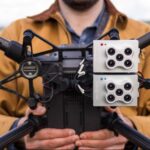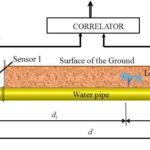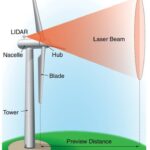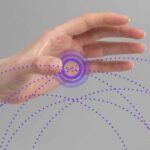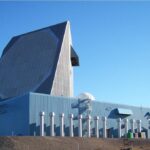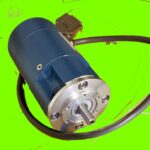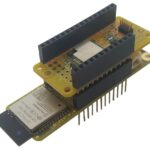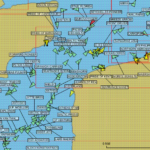Agriculture 4.0 is emerging and requires an expended sensor suite. Agriculture 4.0 refers to systems that employ drones, robotics, the Internet of Things (IoT), vertical farms, artificial intelligence (AI), renewable energy, and advanced sensor methodologies. Agriculture 4.0 is similar to Industry 4.0 in some ways: Where Industry 4.0 is designed to support automation and mass […]
FAQ
Human presence detection and you
By Charles Pao, Senior Marketing Specialist at CEVA Mobile phones and tablets are getting more powerful, but if you’re serious about doing work (remotely), the dedicated work laptop still reigns supreme. Privacy and productivity have become increasingly important in this new paradigm of working anywhere. To help with both in the age of mobile computing, […]
What sensors are used in AR/VR systems?
A wide range of sensor technologies is required to support augmented reality and virtual reality (AR/VR) systems. Today’s AR/VR implementations are mostly focused on visual and audio interfaces and rely on motion tracking and listening/voice recognition sensors. That’s beginning to change with new types of sensors and various types of haptics being introduced. This FAQ […]
What’s an acoustic leak detector?
Acoustic leak detection sensor technologies rely on the fact that liquid and gas leaks are noisy. However, it’s not necessarily a noise that the human ear can detect, it can be in the ultrasonic region. Leaky water pipes are a significant environmental challenge — UN Sustainable Development Goal No. 6 states that clean (drinking) water […]
How do sensors improve wind turbine performance?
Wind turbines are very complex machines. It takes a lot of sensors to ensure their continuous operation generating green energy. This FAQ reviews some of the sensors used to monitor wind turbine operations, such as: Eddy current sensors monitor the lubricating gap of the shaft, how the turbine shaft rotates both axially and radially inside […]
How can a machine recognize hand gestures?
Gesture recognition is a user interface that allows computers to capture and interpret non-verbal communication, including facial expressions, head movements, body positioning, and hand motions as commands. Hand gestures are an increasingly common mode of computer control, and the types of sensors used to recognize hand gestures is growing. This FAQ briefly reviews how hand […]
How many types of radar are there?
Radio detection and ranging (radar) uses reflected radio waves to detect and determine the distance, angle, and velocity of objects relative to the radar system. A basic radar system consists of a transmitter producing electromagnetic waves in the radio or microwave spectrum (these can be pulsed or continuous), a transmitting antenna, a receiving antenna (often […]
Teardown: Inside an industrial absolute encoder
If you go to the Wikipedia page on absolute encoders, you’ll find descriptions of these devices mentioning multiple code rings, glass or plastic discs, and configurations of sliding contacts arranged so each contact wipes against a metal disc at a different distance from a turning shaft. Actually, you’d be hard pressed to find any of […]
How can AI/ML improve sensor fusion performance?
Sensors are becoming ubiquitous as their price and availability continue to improve. However, sensor data is not that simple and is prone to noise and other interference. The complexities of sensor data have led to sensor fusion that aims to perform better than a single sensor by improving the signal-to-noise ratio, decreasing uncertainty and ambiguity, […]
How are sensors improving maritime navigation?
Of course, GPS is important, but radar and the automatic identification system (AIS) use various sensors to track and report on ship positions in real-time. Sensor fusion is being developed for autonomous shipping. And there are hydrophones combined with other sensors and artificial intelligence (AI) and machine learning (ML) to identify and track whale movements […]

